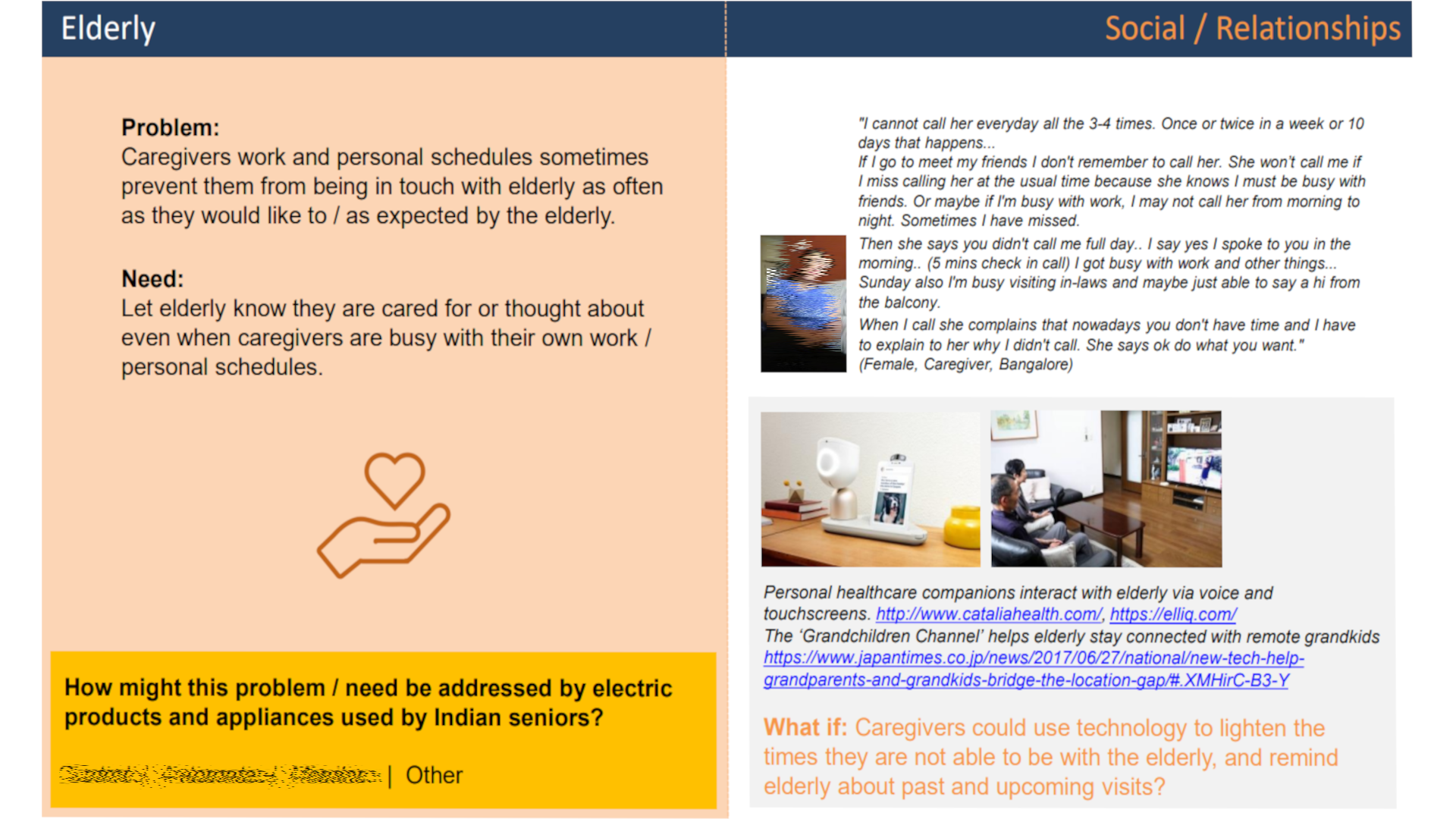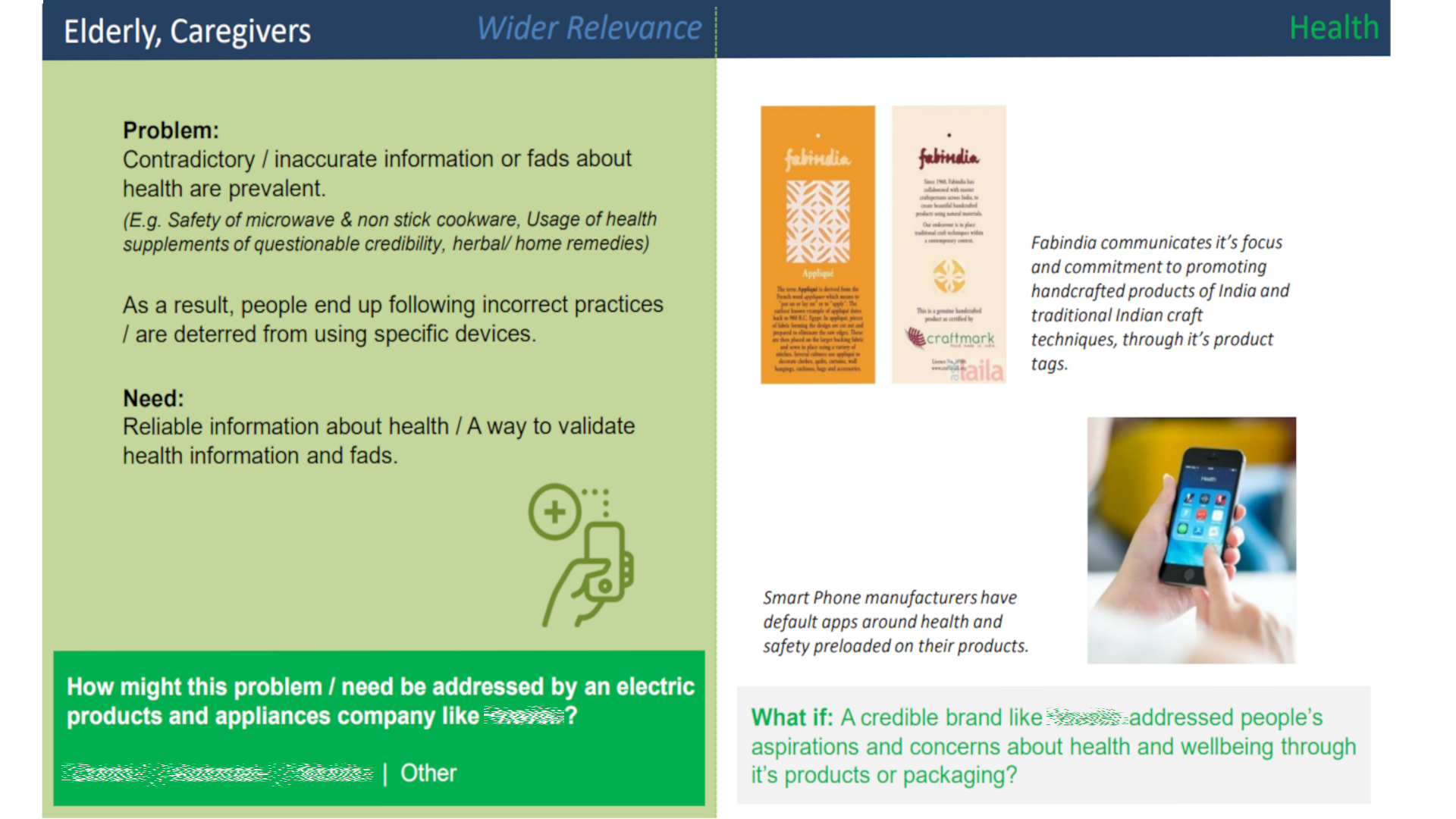Secondary Research
Uncovering insight and inspiration through secondary research
Secondary research is used in diverse ways at Anagram Research – whether as stand-alone projects, to support primary research, or to build contextual understanding during planning.
-
Stand-alone projects
We’ve delivered trend analyses, competitor research or benchmarking tailored to client goals, budgets, and timelines. Our stand-alone projects range from quick, week-long projects to multi-month engagements.
Over time, we’ve learnt to anticipate and navigate challenges, conduct research systematically and efficiently and adapt or develop frameworks to make secondary research findings accessible, relevant, and actionable.
One example: A framework inspired by Raymond Williams’ cultural theory.
Though rooted in cultural studies, his ‘Dominant–Residual–Emergent’ model beautifully translated into a temporal axis, for a Trends Map we were working on. Gaining perspective
For domain-specific work, we use secondary research to immerse ourselves before fieldwork begins.
By reviewing articles, academic papers, prior research, and expert voices, we ground our studies in a broader context – leading to sharper research design and richer insights.
Complimenting primary research
We often combine secondary and primary research to build credibility and enhance findings.
In a study on online abuse, we conducted a week-long diary study and interviewed 30 participants across India.
Secondary research helped us to contextualize and enhance credibility of some of our primary research insights.
For example: The ‘Bad Girl’ poster created by design students of Srishti School of Art, Design and Technology is a parody of Indian school posters from the 80’s and 90’s. It depicts tongue-in-cheek examples of things men might get away with, but women would be judged for.
We referenced the poster in our insights report, to illustrate the extent of patriarchal attitudes and mindsets towards women in India. Minus this example, some of our primary research findings might have been harder to relate to for a foreign audience unfamiliar with India’s socio-cultural context.
Another example: We learned through primary research that underlying negative emotions – often triggered by the stress of daily life – can be a key driver of online abuse. Secondary research helped validate this finding. The reality show MTV Troll Police featured interviews with self-identified trolls, many of whom admitted that their behavior stemmed from frustration, boredom, and a desire for attention.
Analogous inspiration
We have also used secondary research in the form of ‘analogous inspiration’ to encourage and inspire clients to look at problems and pain points through fresh eyes.
For a global electronics and home appliances client, we created ‘Brainstorming Cards’ to make primary research insights more actionable.
Each card featured a user need or pain point uncovered during fieldwork, along with a “How might we” prompt to inspire opportunity-focused design.
On the reverse side, we included visuals or written snippets from fieldwork, or analogous examples or existing market solutions sourced through secondary research – encouraging the design team to explore unexpected angles and creative solutions.


Often overlooked in research roadmaps, secondary research is a powerful tool that can sharpen focus, uncover opportunity areas, and add depth and credibility to primary research – making it well worth allocating time and budget to.